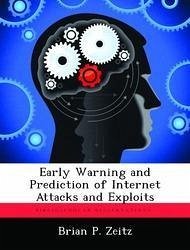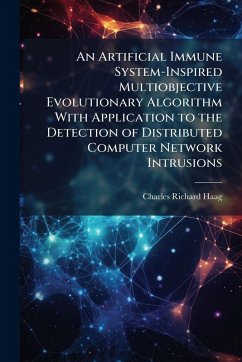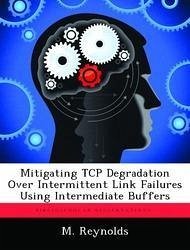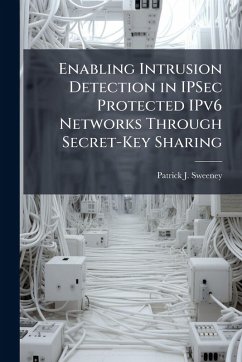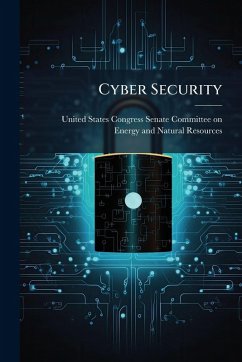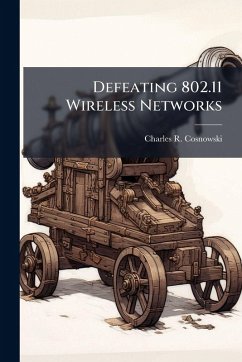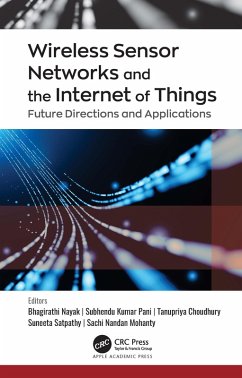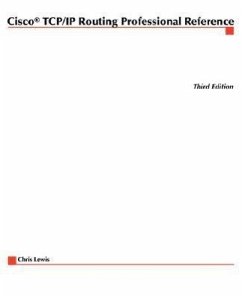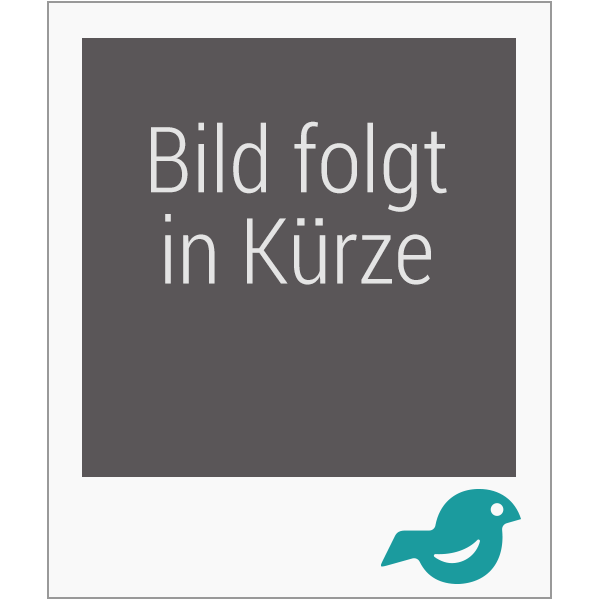
Mitigating Distributed Denial of Service Attacks in an Anonymous Routing Environment

PAYBACK Punkte
9 °P sammeln!
Network-centric intelligence collection operations use computers and the Internet to identify threats against Department of Defense (DoD) operations and personnel, to assess the strengths and weaknesses of enemy capabilities and to attribute network events to sponsoring organizations. The security of these operations are paramount and attention must be paid to countering enemy attribution efforts. One way for U.S. information operators to avoid being linked to the DoD is to use anonymous communication systems. One such anonymous communication system, Tor, provides a distributed overlay network...
Network-centric intelligence collection operations use computers and the Internet to identify threats against Department of Defense (DoD) operations and personnel, to assess the strengths and weaknesses of enemy capabilities and to attribute network events to sponsoring organizations. The security of these operations are paramount and attention must be paid to countering enemy attribution efforts. One way for U.S. information operators to avoid being linked to the DoD is to use anonymous communication systems. One such anonymous communication system, Tor, provides a distributed overlay network that anonymizes interactive TCP services such as web browsing, secure shell, and chat. Tor uses the Transport Layer Security (TLS) protocol and is thus vulnerable to a distributed denial-of-service (DDoS) attack that can significantly delay data traversing the Tor network. This research is the first to explore DDoS mitigation in the anonymous routing environment. Defending against DDoS attacks in this environment is challenging as mitigation strategies must account for the distributed characteristics of anonymous communication systems and for anonymity vulnerabilities. In this research, the TLS DDoS attack is mitigated by forcing all clients (malicious or legitimate) to solve a puzzle before a connection is completed. This work has been selected by scholars as being culturally important, and is part of the knowledge base of civilization as we know it. This work was reproduced from the original artifact, and remains as true to the original work as possible. Therefore, you will see the original copyright references, library stamps (as most of these works have been housed in our most important libraries around the world), and other notations in the work. This work is in the public domain in the United States of America, and possibly other nations. Within the United States, you may freely copy and distribute this work, as no entity (individual or corporate) has a copyright on the body of the work. As a reproduction of a historical artifact, this work may contain missing or blurred pages, poor pictures, errant marks, etc. Scholars believe, and we concur, that this work is important enough to be preserved, reproduced, and made generally available to the public. We appreciate your support of the preservation process, and thank you for being an important part of keeping this knowledge alive and relevant.



